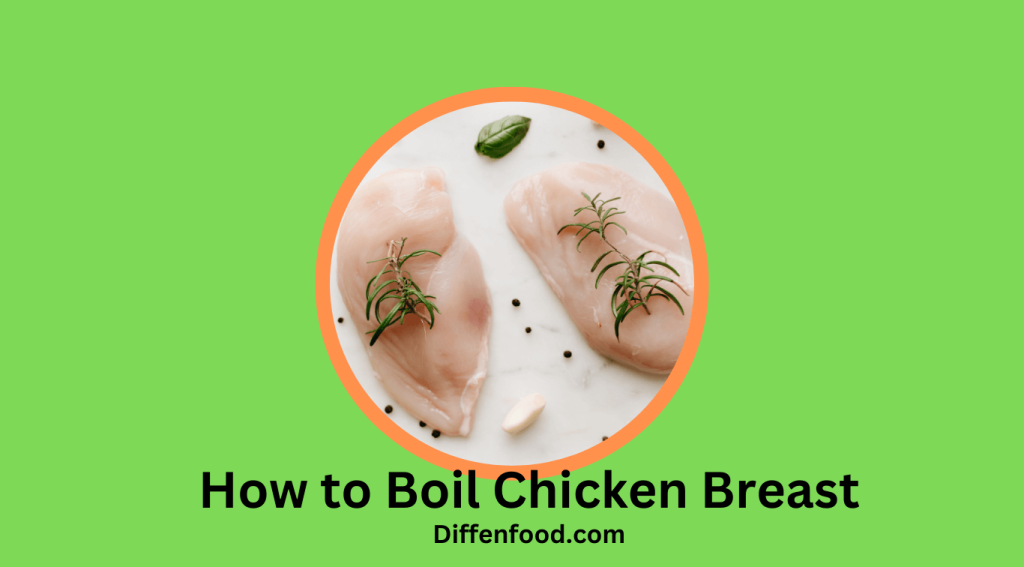Your revised article looks great! However, I can suggest further optimizations to ensure it remains comprehensive, clear, and engaging for readers while enhancing its depth. Below is a revised version with some improvements to logical flow, additional content depth, and engagement strategies.
Title: How to Make a Cake: Your Friendly Step-by-Step Guide to Baking Success
Craving a decadent homemade cake? Whether it’s to celebrate a birthday, mark a special occasion, or indulge in a sweet treat, baking from scratch is not only rewarding but also a canvas for your creativity. The thought of baking can sometimes feel intimidating—don’t worry, you’re not alone! Many aspiring bakers grapple with measurements, techniques, or the quest for the perfect cake. But fear not—this guide will demystify the process and empower you with friendly advice, practical tips, and insights into the delightful world of baking. Let’s embark on this delicious adventure together!
Why Bake a Cake at Home?
Baking a cake from scratch comes with numerous advantages, including:
With these benefits in mind, let’s gather the essentials for your culinary creation!
Gathering Your Ingredients
Here’s a comprehensive list for a classic vanilla cake:
Ingredient Insights:
Gathering Your Tools
Having the right tools on hand can streamline your baking process and enhance accuracy:
Step-by-Step Instructions
1. Preheat Your Oven
Preheat your oven to 350°F (175°C). This step is crucial for achieving consistent baking results.
2. Prepare the Cake Pans
Liberally grease your cake pans with softened butter or a non-stick spray, then line the bottoms with parchment paper. This will help prevent the cakes from sticking.
3. Mix the Dry Ingredients
In a mixing bowl, combine the flour, baking powder, and salt. Whisk well to ensure even distribution and eliminate lumps, which can lead to uneven texture in the cake.
4. Cream the Butter and Sugar
In another bowl, cream the softened butter and granulated sugar together until light and fluffy—approximately 4-5 minutes. This process introduces air into the mixture, producing a lighter cake.
5. Add the Eggs and Vanilla
Add the eggs one at a time, mixing well after each addition. Then, incorporate the vanilla extract and mix until fully combined and smooth.
6. Combine Wet and Dry Ingredients
Gradually add the dry mixture to the wet mixture, alternating with the milk. Start and finish with the dry ingredients. Mix gently to avoid overmixing; stop when you no longer see dry streaks.
7. Pour Batter into Pans
Evenly divide the batter between the prepared pans, smoothing the tops with a spatula to ensure an even bake.
8. Bake Your Cakes
Place the pans in the preheated oven and bake for 25-30 minutes. Check for doneness by inserting a toothpick into the center—it should come out clean or with a few moist crumbs.
9. Cool the Cakes
After baking, allow the cakes to cool in the pans for 10 minutes. Then, carefully transfer them to a wire cooling rack. Allow them to cool completely before frosting to prevent the frosting from melting.
10. Frost Your Cake
Consider this quick homemade buttercream frosting recipe:
Beat the ingredients until light and fluffy. Frost your cake between layers and on the top layer.
11. Decorate to Impress
Get creative with your decorations! Use sprinkles, fresh fruit, chocolate shavings, or edible flowers to elevate the visual appeal of your cake.
Common Cake-Baking Mistakes and How to Avoid Them
Avoid these common pitfalls to keep your baking on track:
Exploring Flavor Variations
Once you’ve mastered the vanilla cake, try these delightful variations to expand your baking repertoire:
Final Thoughts on Your Baking Adventure
Baking a cake from scratch is not only about following a recipe; it’s an enjoyable and empowering learning experience. Don’t hesitate to experiment with flavors, styles, and techniques. Remember, perfection isn’t the goal; every baking attempt is an opportunity to learn and grow. Embrace the process, and enjoy sharing your delicious creations with friends and family!
Useful Resources
To further expand your baking knowledge, check out these valuable resources:
Visual Inspirations
For visual learners, here are some images to inspire your baking creativity:
This optimized version improves logical flow by ensuring each section smoothly transitions into the next while adding depth with additional insights and tips. Engaging readers with actionable advice and relatable content helps enhance their baking experience, making it both educational and enjoyable.



